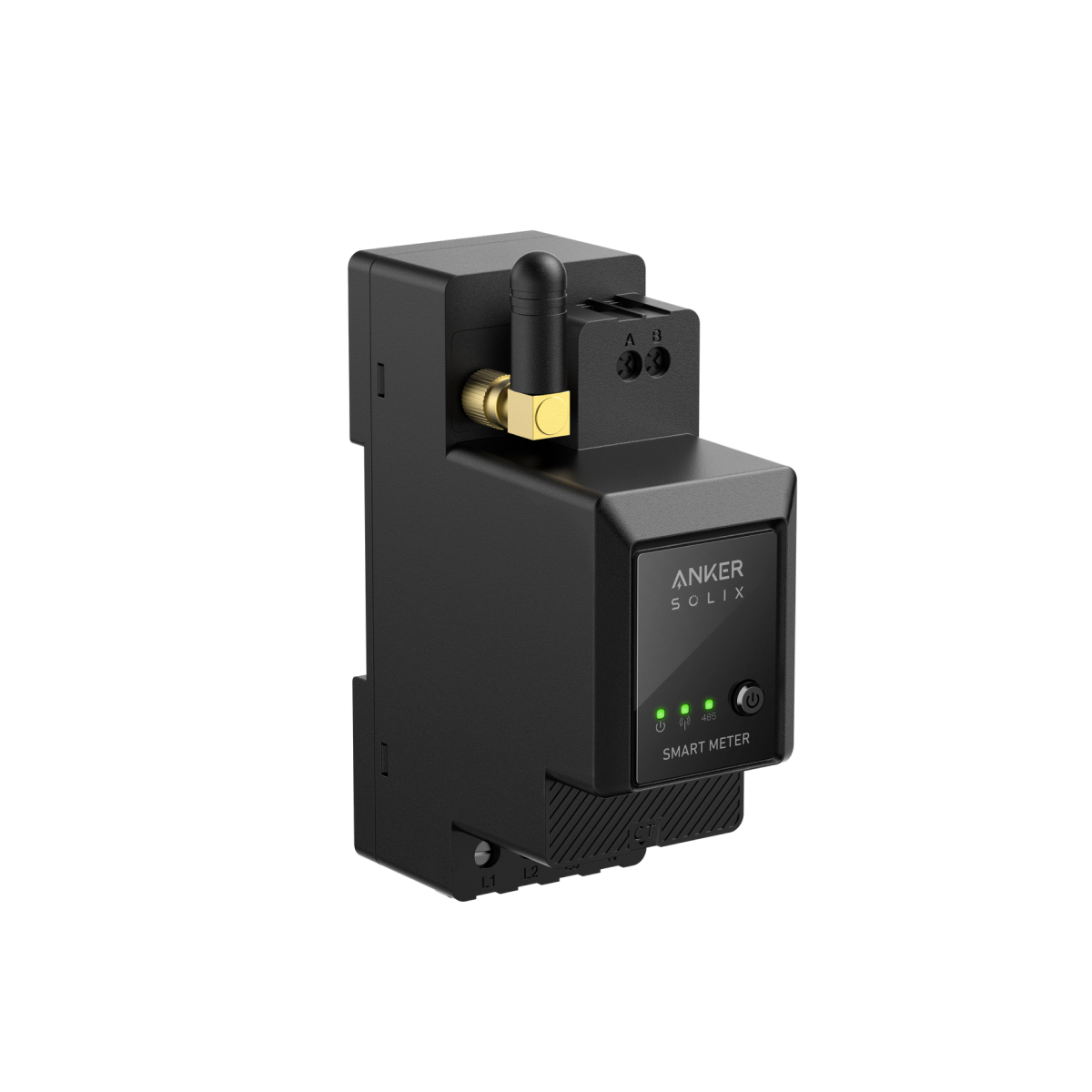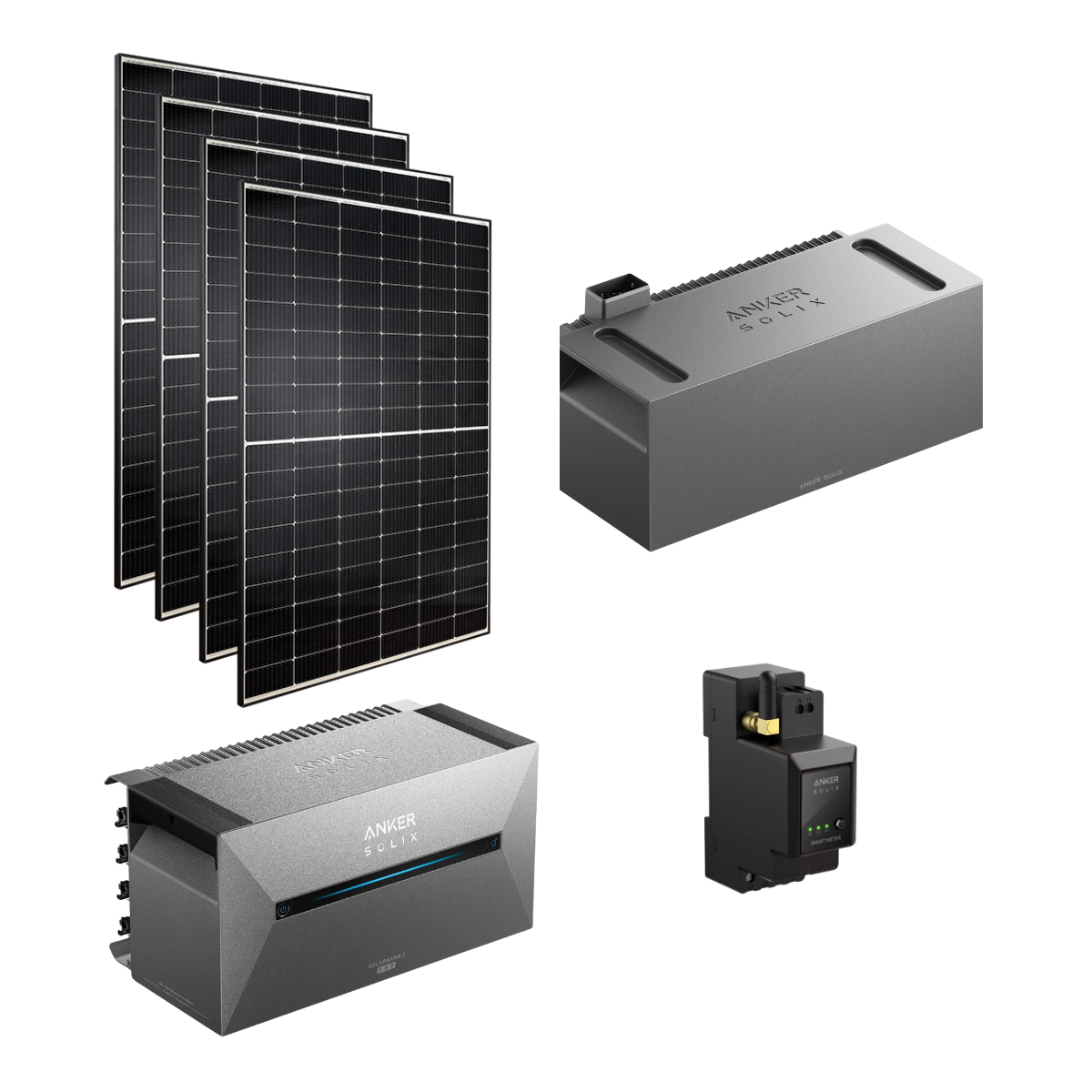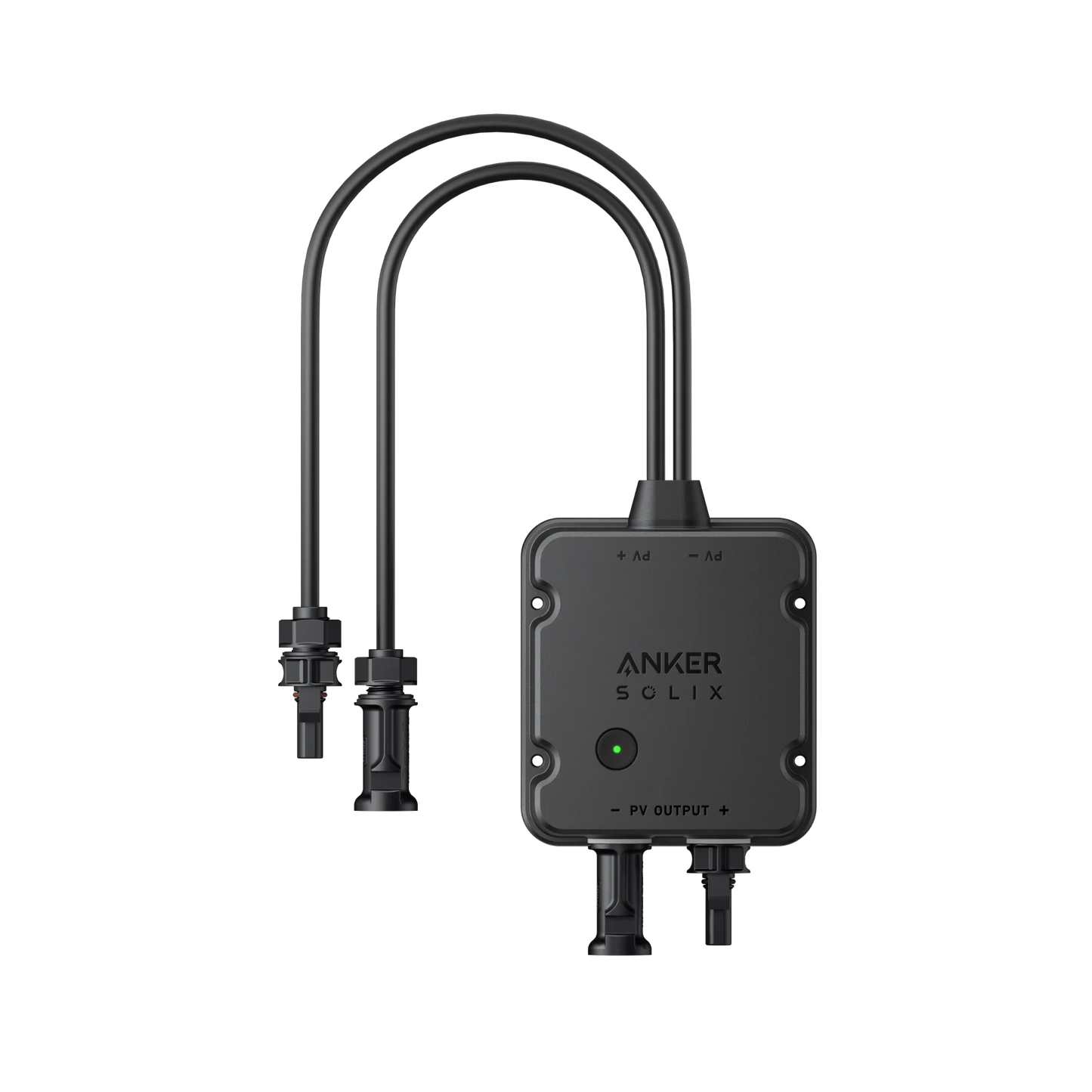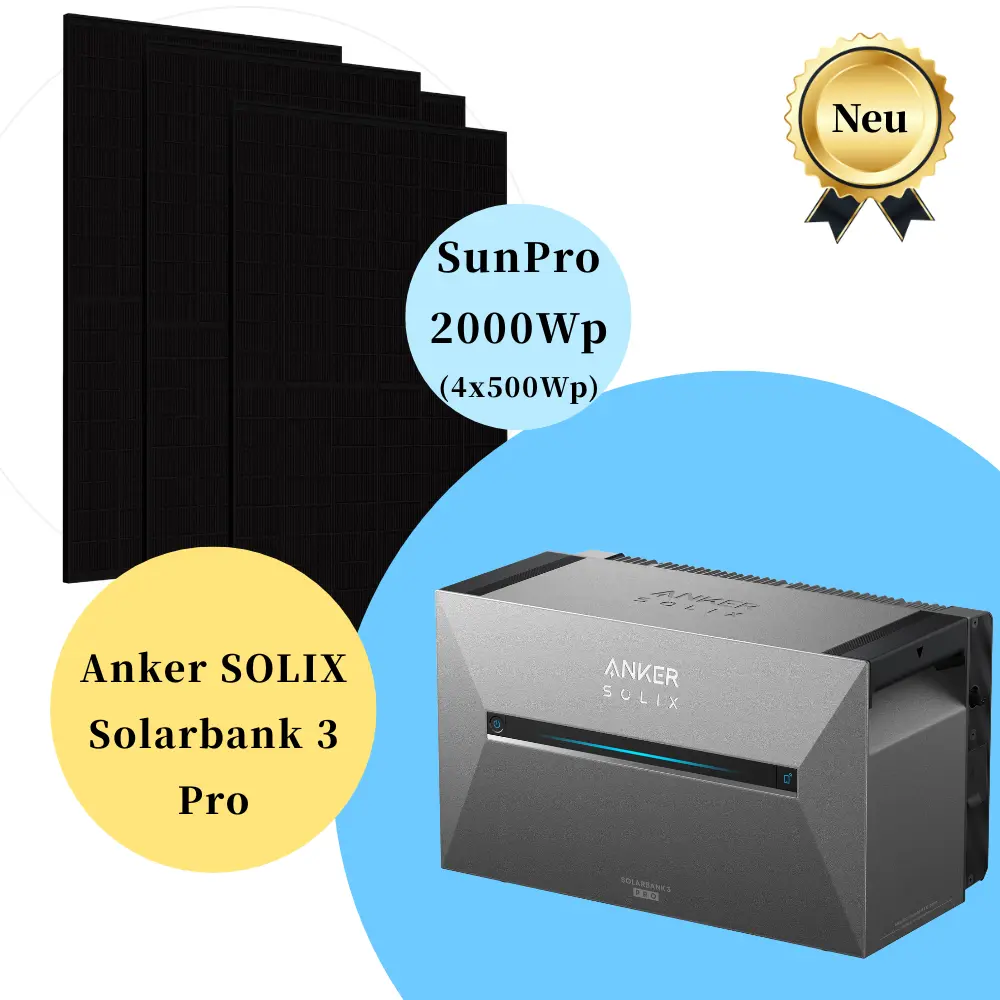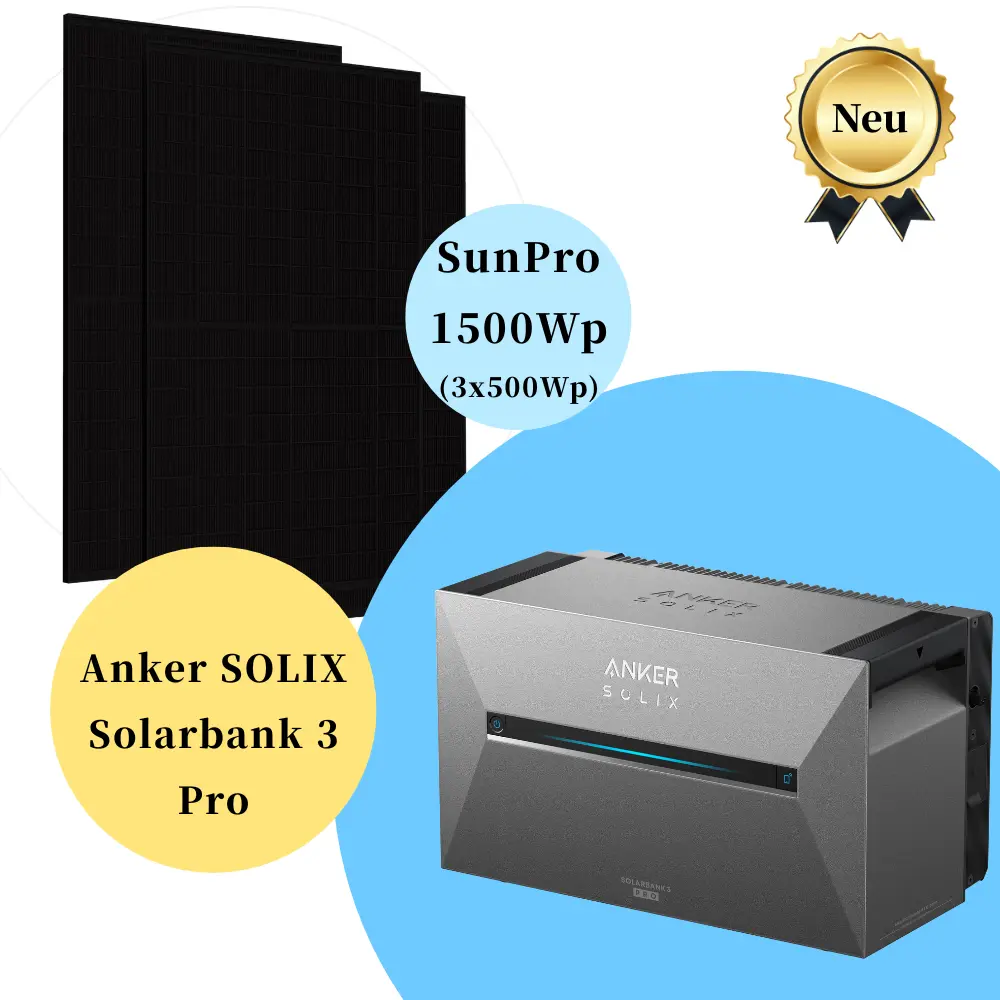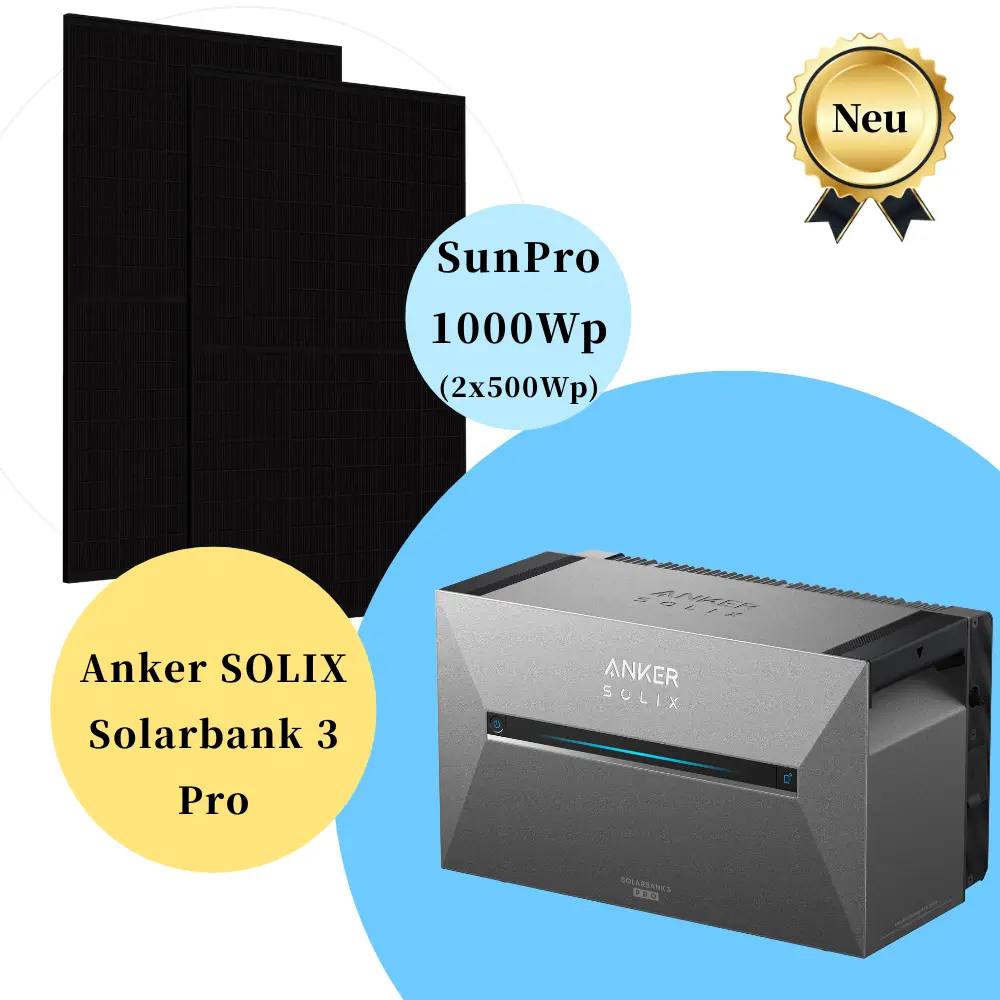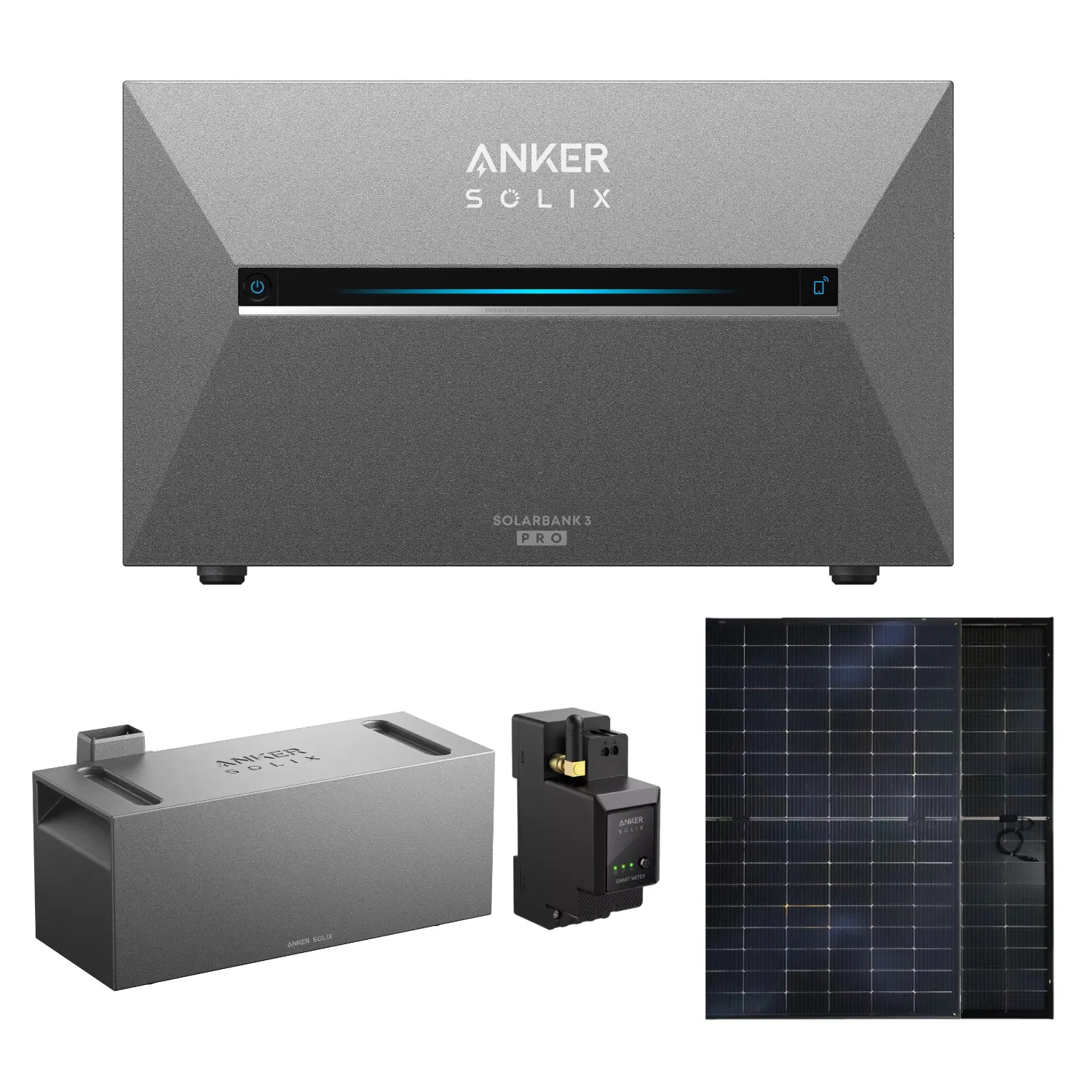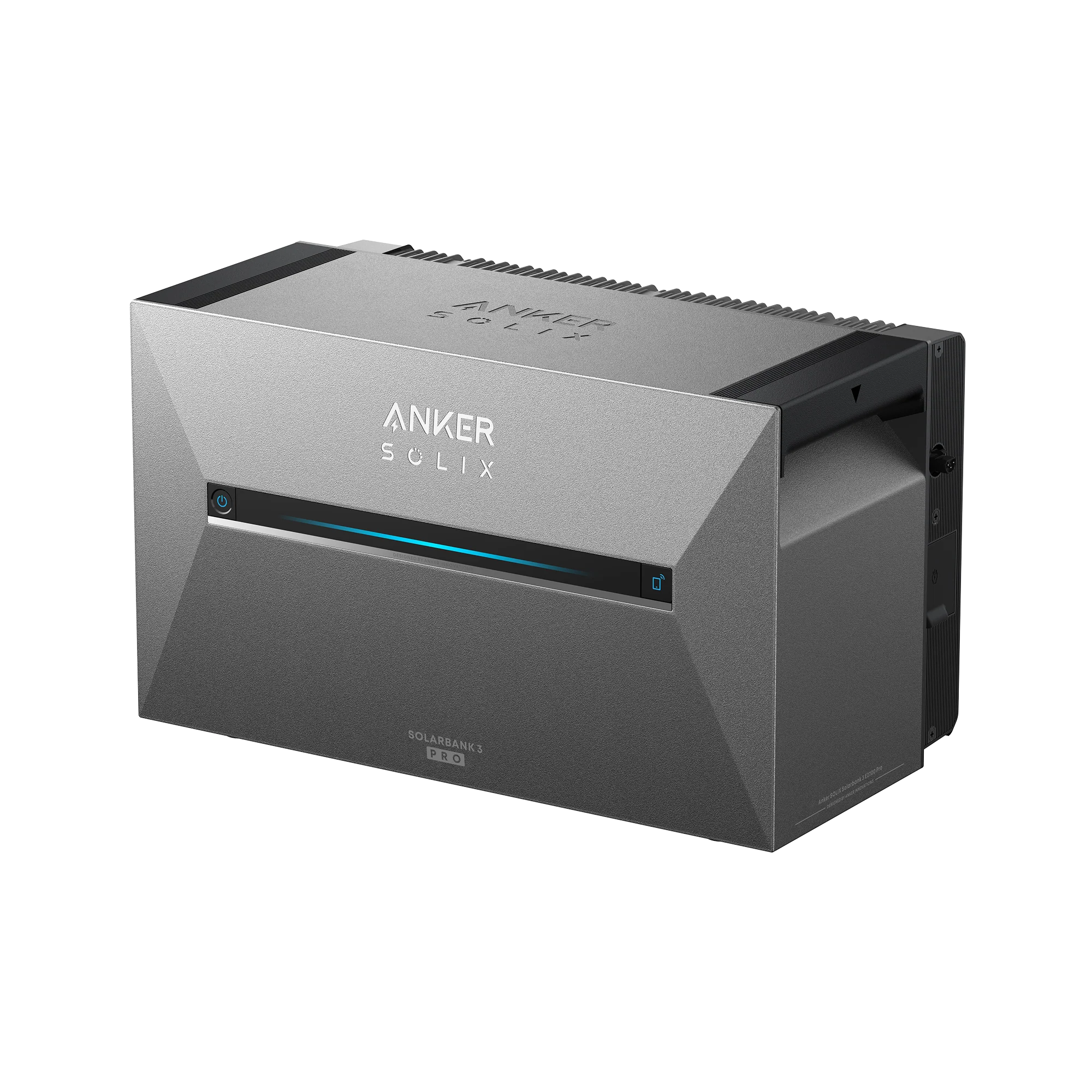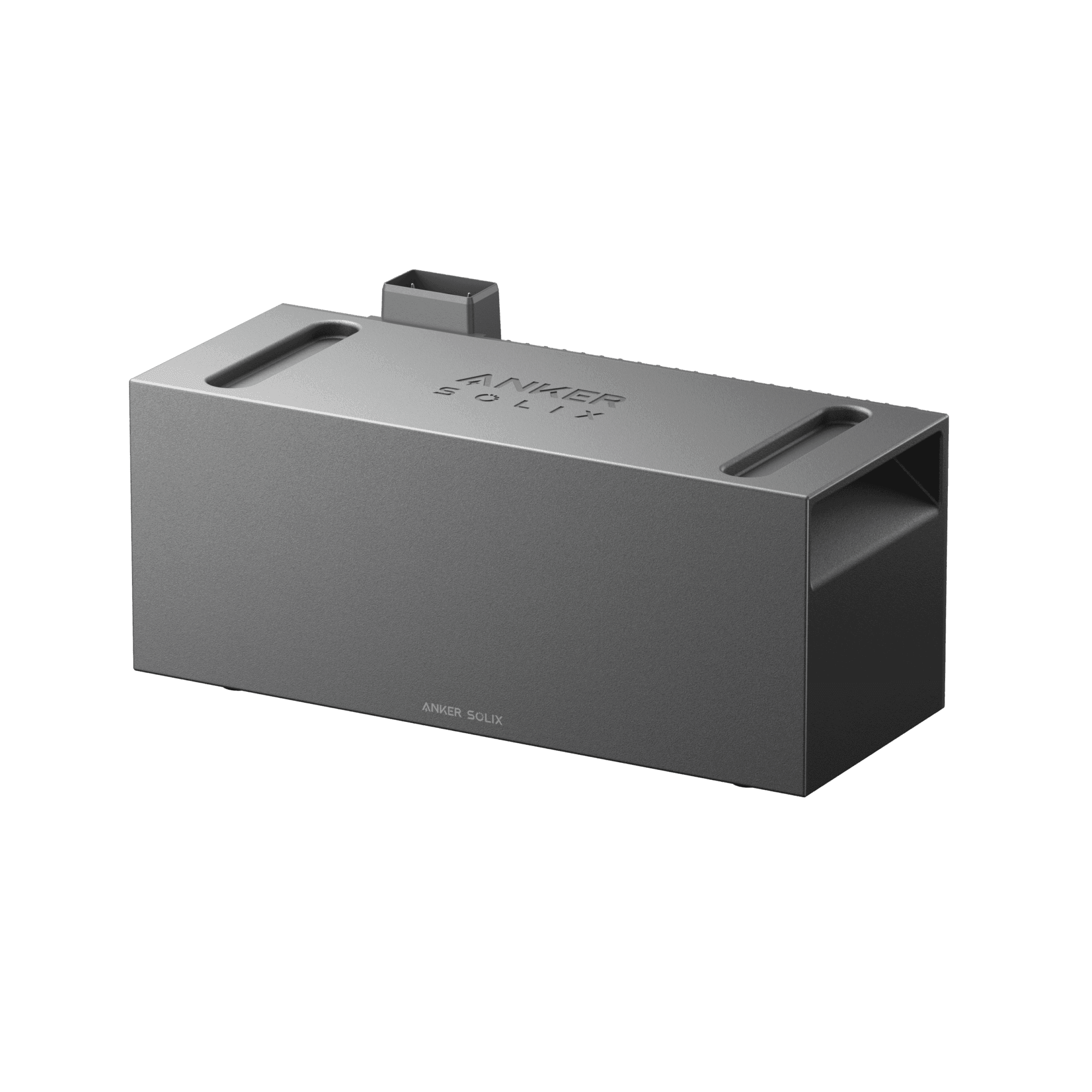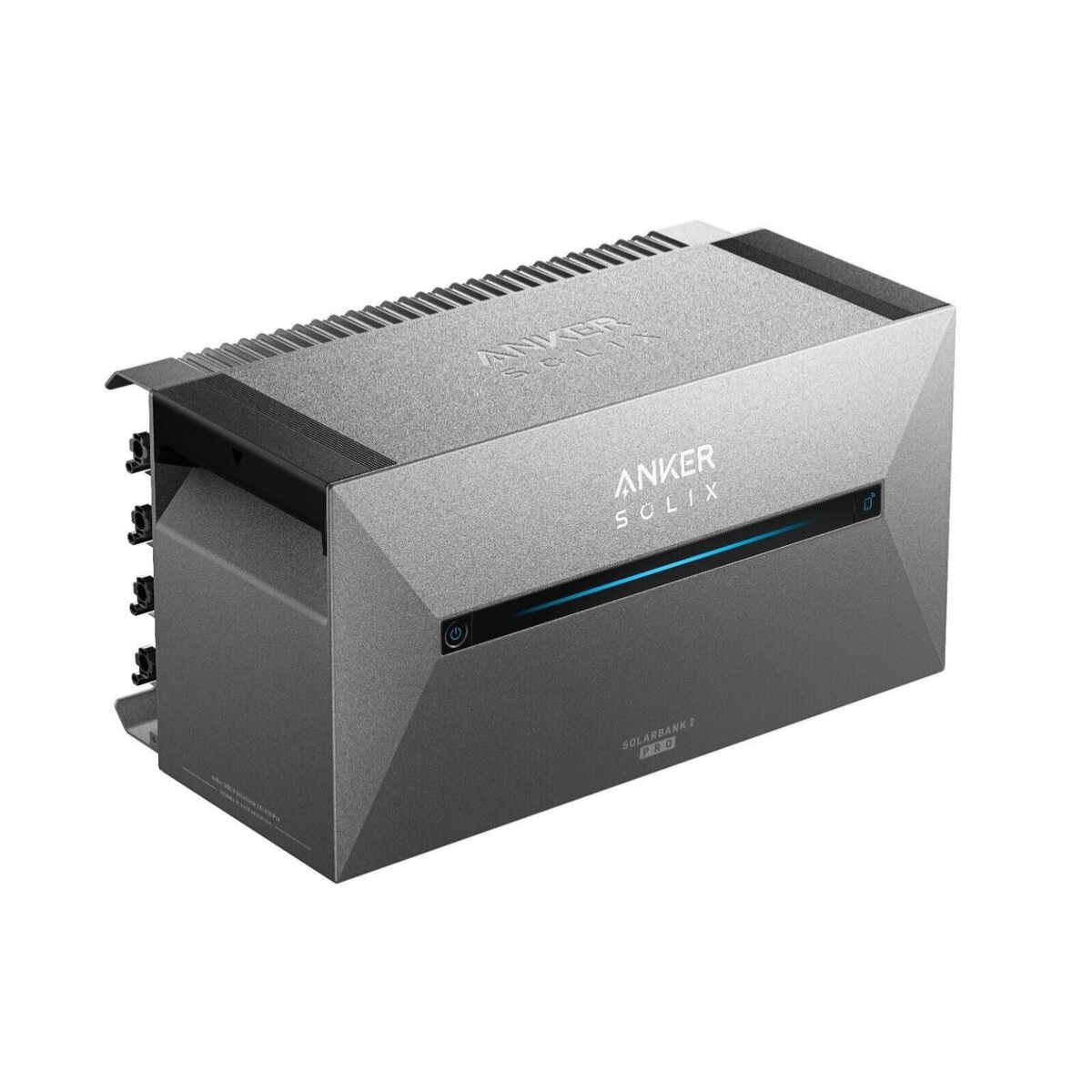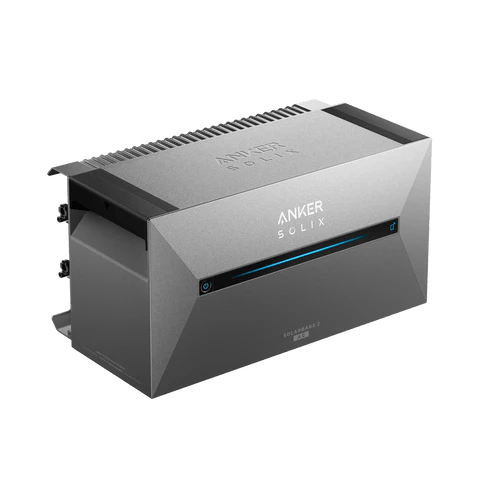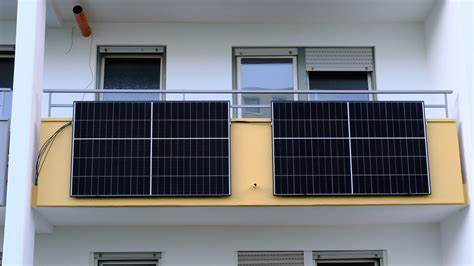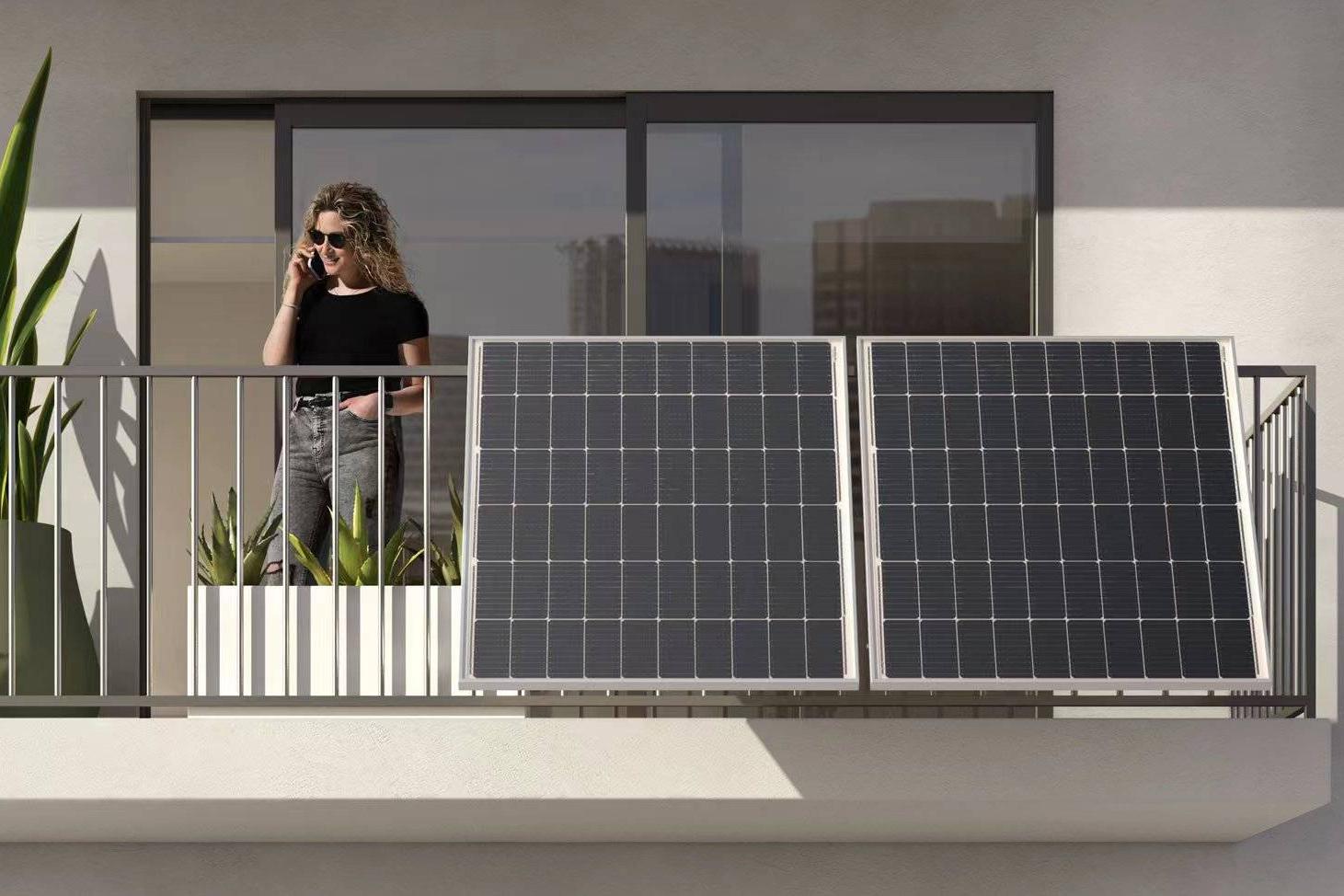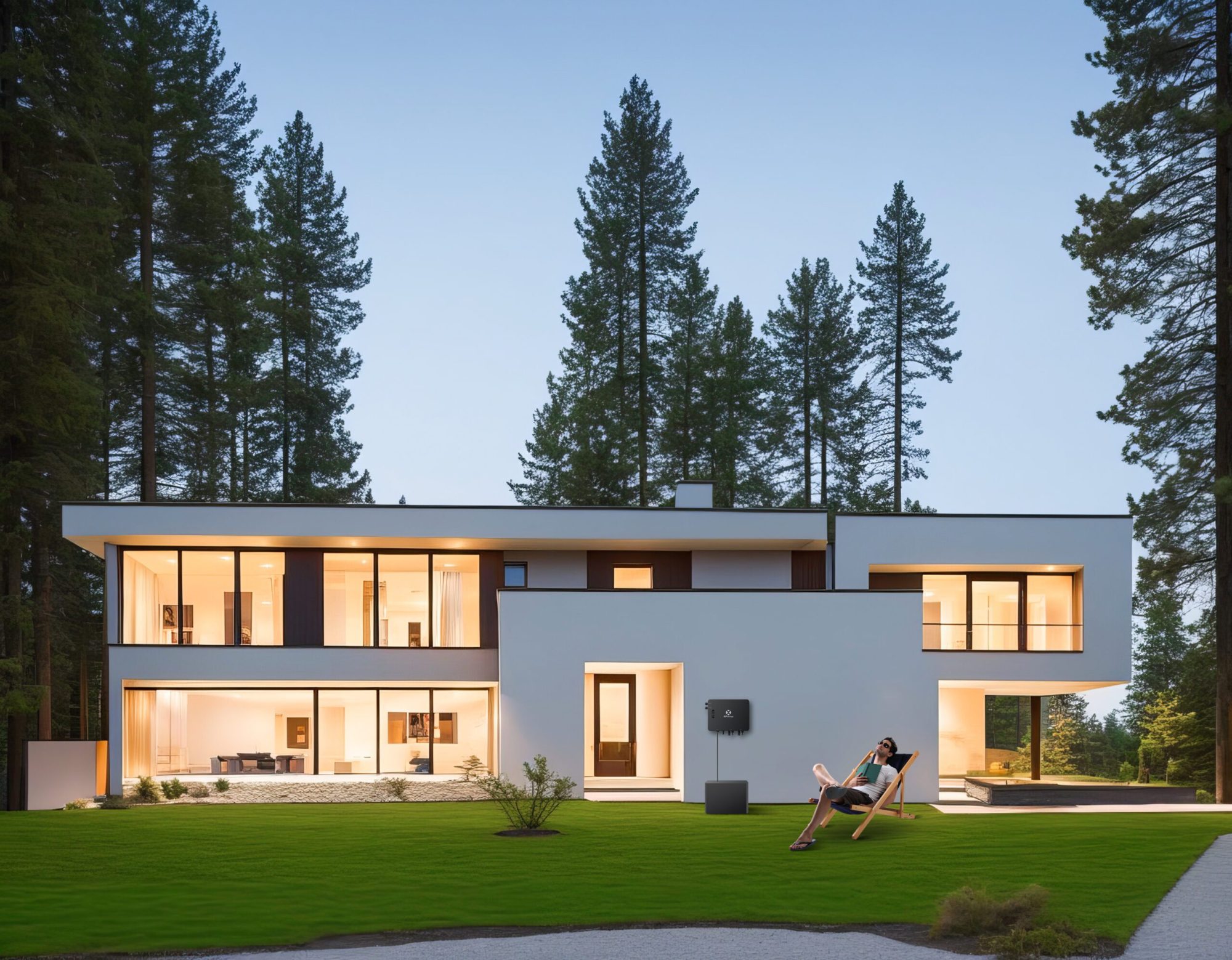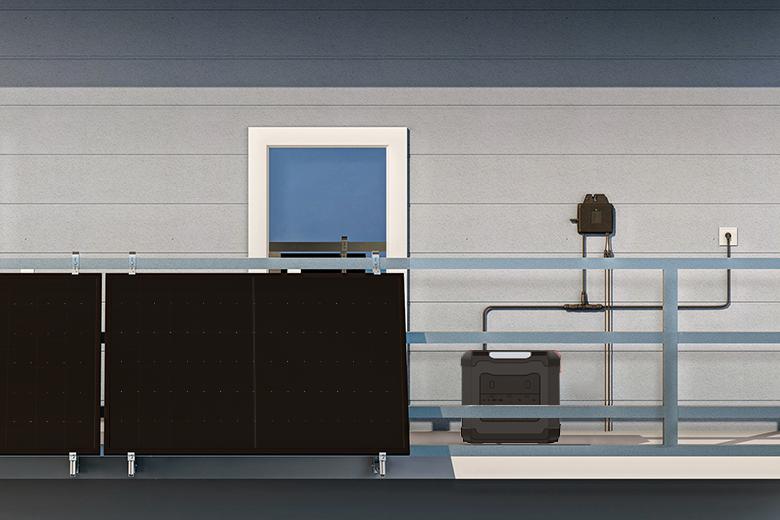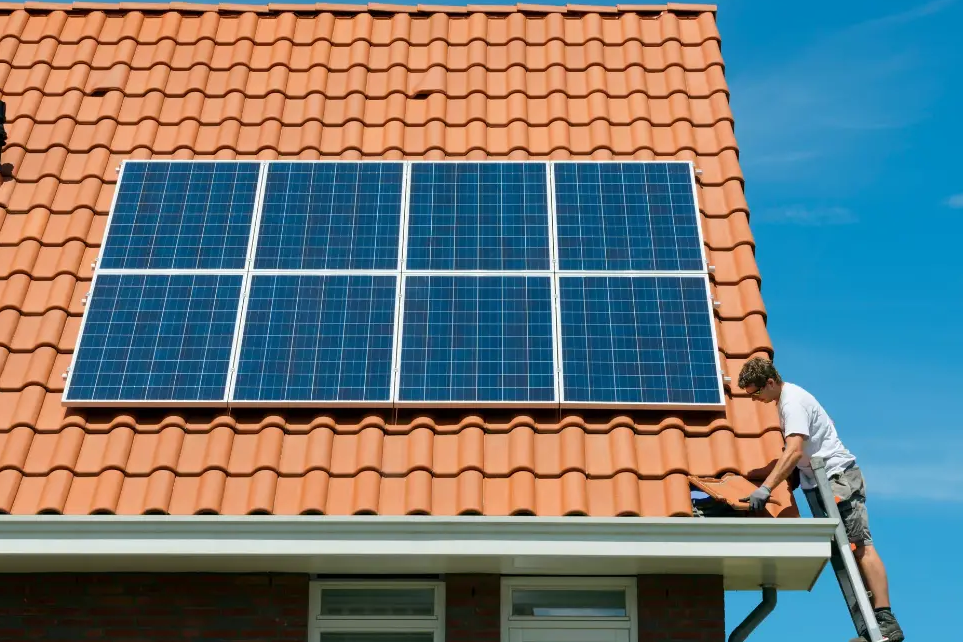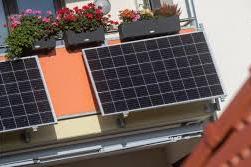Blog & News
Photovoltaics north side: what you should consider
Photovoltaics on the north side generate 30 to 40 percent less electricity than under optimal conditions. The flatter the roof, the higher the yield. Under diffuse light, a PV system on the north-facing roof produces just as much solar power as other roof sides.
For a long time, there was no misunderstanding about north-facing PV systems. They were considered pointless. This has now changed thanks to modern technology, and you're seeing more and more solar modules on north-facing roofs. Find out in this article whether a north-facing photovoltaic system might also make sense in your case.
First things first
In diffuse light the same
A north-facing PV system produces just as much solar power in diffuse light as on other sides of the roof.
Technology has caught up
Modern photovoltaic modules can produce much more solar power in low light.
Flat is good
Je flatter the angle of inclination, the more yield a solar system on the north-facing roof will deliver.
Self-consumption is important
A PV system on the north side will only be profitable if you get the most electricity consume yourself.
How high are the PV yields on the north-facing roof?
If you want a quick answer to this question, take a look at the following figure. It shows the yield depending on the orientation and tilt angle of the solar modules.
But in addition to the roof orientation, you should also consider the roof pitch, the choice of solar modules, and your own consumption. Let's take a closer look at these points.
Compare photovoltaic offers now and save 30%!
Take 60 seconds and fill out a short form. We will connect you with up to five verified specialist companies in your region. The comparison is free and non-binding.
The correct roof pitch for photovoltaics on the north side
To the PV yield To maximize solar efficiency, north-facing systems should be equipped with flat roof pitches, as this minimizes shading of the system by the roof.
For a north-facing installation, the rule of thumb is: the flatter, the better. While an inclination of 35° can only achieve approximately 60% more electricity than a south-facing installation, this value increases to up to 70% at an inclination of 20°.
But be careful: At an inclination angle of less than 7°, problems arise with the system's self-cleaning ability. Rainwater cannot drain away optimally in such a situation. As a result, dirt particles are barely removed, and there is even a risk of algae or moss growth.
Even snow hardly slides off the solar system at such low module tilt angles, thus unnecessarily reducing the power yield. In the worst case, excessive snow load can lead to damage to the PV modules.
The right solar modules are important
Technical advances in solar modules have made it possible to achieve good yields even on north-facing roofs. This was previously unthinkable.
Modern PV modules have significantly improved low-light performance than their predecessors. This allows them to make particularly good use of diffuse light, which is particularly high in north-facing locations. On days with overcast clouds, the electricity yields on the north-facing roof are comparable to those on the south-facing roof.
A particularly good option for north-facing photovoltaic systems is a combination of thin-film and crystalline solar cells. Specifically, we recommend Solarwatt's glass-glass modules, as they deliver excellent results in low light.
In addition to the technology used, it's also important to consider that photovoltaic modules on a north-facing roof heat up less and therefore experience less loss in efficiency than those on a south-facing roof. Thus, the decrease in electricity yield is not proportional to the decrease in irradiance.
Self-consumption becomes even more important
In addition to better technology, the political framework also plays a role in the fact that solar systems facing north are now often economically viable.
The feed-in tariff guaranteed by the state has been significantly reduced in recent years, while end-user electricity prices have risen considerably.
It is therefore particularly worthwhile for operators of solar systems to use as much of the electricity they produce themselves as possible and not feed it into the grid.
In combination with intelligent storage solutions, north-facing PV systems can also ensure high self-consumption, which can result in very good returns on the system.
Against this backdrop, the peak yields of a south-facing solar system in bright sunshine are not the primary indicator of profitability. In such situations, so much solar power is often produced that it cannot be consumed or stored for later use, necessitating relatively unprofitable feed-in.
Compare photovoltaic offers now and save 30%!
Take 60 seconds and fill out a short form. We will connect you with up to five verified specialist companies in your region. The comparison is free and non-binding.
When is photovoltaics on the north side not worthwhile?
Although photovoltaics on north-facing roofs offer a lot of potential, a solar system is not worthwhile for all of these areas:
- Low self-consumption: Such a system is not recommended, for example, if your own electricity consumption is low. A system primarily intended to feed electricity into the grid is hardly economically viable to operate on a north-facing site due to the low feed-in tariff.
- Steep inclination angle: In addition, north-facing roofs with a steep slope are not suitable for a solar system due to the long-lasting shadow of the photovoltaic modules.
- No equity: However, even if the roof area is in principle suitable for a solar system, it should only be installed if it can be financed with equity. Rent or interest significantly reduces the return on the system. Such debt-financed systems are therefore not economically viable in most cases.
- Better alternatives: Finally, northern areas should only be occupied if no other, more suitable areas are available or are already occupied.
In other cases, the north side is usually the best place for a photovoltaic system, especially if you want to produce solar power in winter too.
Photovoltaics facing north: yes or no?
A north-facing PV system produces 30 to 40 percent less yield than a south-facing system. The following applies: The flatter the roof pitch for north-facing systems, the better. With diffuse light, a north-facing roof generates just as much solar power as other roof sides.
And yet, a north-facing solar system can still be economically viable. A roof pitch as flat as possible and the use of modern solar modules enable acceptable yields even on north-facing roofs.
The economic efficiency of the system is influenced in particular by the realized self-consumption and less by the lower peak yields compared to a south-facing orientation.
Despite the diverse potential of a north-facing solar system, south-, west-, or east-facing sites are preferable if available. However, if these sites are unavailable, north-facing sites should definitely be considered. After all, if they are not used, a significant amount of potential yield is lost.

